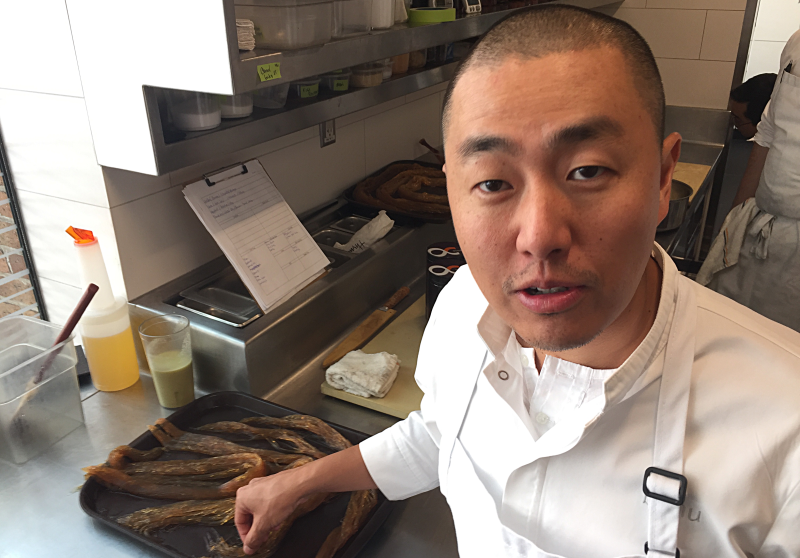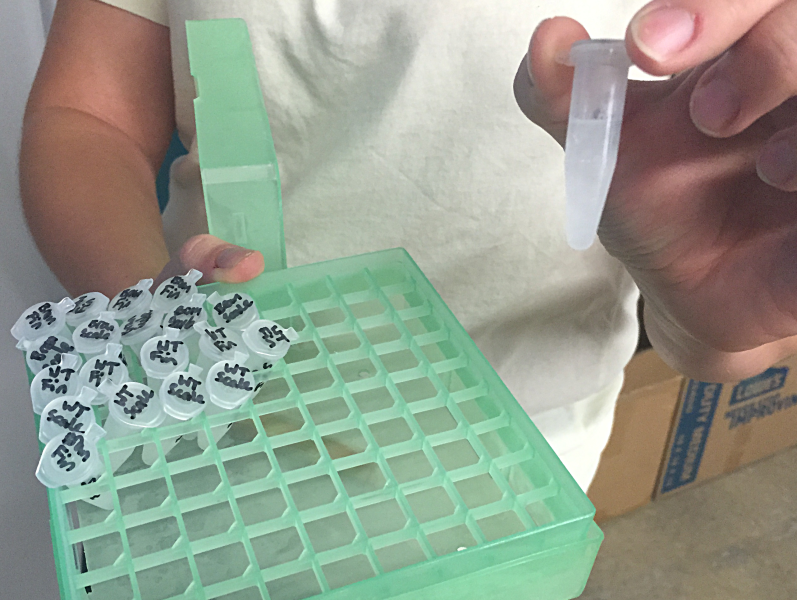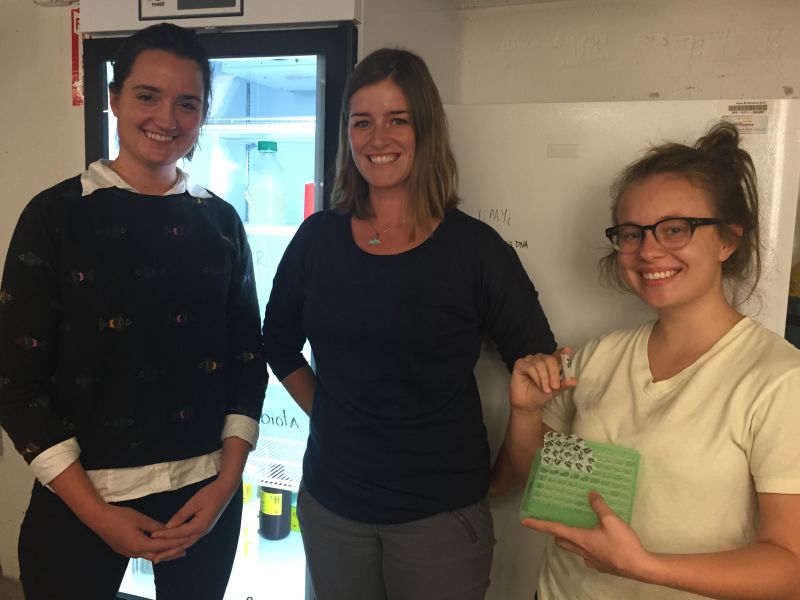Listen to the Story:
Would You Eat Artificial Shark Fin?

Would You Eat Artificial Shark Fin?
Many of the 100 million sharks killed each year are slaughtered for their fins alone. The fins are used in shark fin soup, a prized delicacy in Asia.
California is one of 10 states that have banned the sale of shark fins, to help protect the animals. The International Union for Conservation of Nature says one-third of all shark species are threatened with extinction.
Now a San Francisco-based startup hopes its technology will reduce demand for their fins.
New Wave Foods is developing an imitation shark fin, called Smart Fin, that the company expects will be ready this summer. It's intended to be an alternative for a banned luxury item. About 30 chefs have already signed up to sell Smart Fin in their restaurants.

The founders of New Wave Foods—Jennifer Kaehms, Dominique Barnes and Michelle Wolf—are working to duplicate collagen, a protein that's the basic building block in the tissues of a shark’s fin. Wolf, New Wave's lead engineer, is focused on mimicking the texture, rather than taste, as shark fin itself is virtually tasteless.
“Collagen are these strands," Wolf says. "They’re kind of like ropes. And they’re all sort of an amorphous, irregular structure."
New Wave Foods CEO Jenny Kaehmes says they're starting with yeast and re-writing a little bit of its DNA. Instead of making more yeast, it churns out tiny ropes of collagen, which can then be mashed together to mimic the texture of shark fin.
“You’re treating yeast and bacteria like protein factories,” she says. From there, it’s a matter of mashing the tiny building blocks of collagen into structures that mimic the gelatinous texture of shark fin.

New Wave Foods is developing its Smart Fin alongside a class of other startups enrolled in the IndieBio accelerator program. IndieBio offers startups access to a research lab, located a stone's throw from San Francisco's financial district, in return for equity.
New Wave Foods is also working on a shrimp alternative made from seaweed. And several other startups are making animal-free products. Earlier this year, Pembient hit the headlines with its synthetic rhino horn.
Could Smart Fin Backfire?
New Wave Foods' approach is not without its skeptics. Some say the approach is well-meant, but it could backfire.
“This timing strikes me as incredibly poor,” says Andrew Harmon with WildAid, a San Francisco environmental group.
Harmon says conservationists have been focusing on shutting down demand for shark fin, and those efforts are starting to pay off in Asia.
“The younger generation is really moving away from shark fin," Harmon says. "The Chinese government has banned shark fin from official banquets."
Harmon expressed concerns that making shark fin look cool again—even if it’s artificial—will undermine those efforts.
He harbors similar reservations about the genetically identical rhino horn from Pembient. He says products like these can make it harder to catch those who sell the real thing.

“Time and time again,” he says, "we’ve seen that the legal trade in wildlife products only serves to provide cover for illegal shipments."
That said, officials with California’s Department of Fish and Wildlife say it's unlikely restaurants would list the artificial product on their menus and then serve the real thing. One said that’d be like charging diners for cheap imitation crab, while serving much pricier real crab.
Would You Eat Artificial Shark Fin?
It remains to be seen if synthetic shark fin soup will be a hit with diners. But if it's any indication, one Bay Area chef has been experimenting with shark fin alternatives for years—with some success.
Corey Lee runs Benu, the critically acclaimed San Francisco restaurant that recently earned 3 Michelin stars.
Lee starts with the same kind of broth as in traditional shark fin soup: ham and double-boiled chicken. He adds texture using what are called hydrocolloids, so he can press out fine brown strands, almost like noodles, that mimic the elastic snap of shark fin.
“We’re still serving it five years later,” says Lee, "so I think it turned out well."
